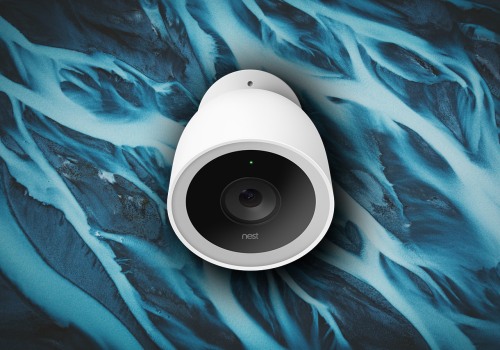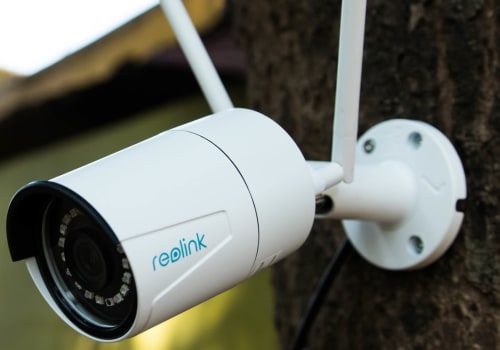When it comes to security cameras, there are two main types: wired and wireless. Each type has its own advantages and disadvantages, so it's important to understand the differences between them before making a decision. Wired security cameras require a wired connection to transmit images from the camera to a central recording center. This connection is more secure than a wireless signal, and the video transmission remains secure regardless of distance.
However, the installation process can take longer due to the need for cables to run from the cameras to the central axis. Wireless cameras, on the other hand, may cost more but are relatively easier to install since they don't come with multiple cables and wires. They are also powered by batteries and don't require an electrical power source. When choosing security cameras, you should consider factors such as ease of installation, reliability, and cost.
Wired security cameras offer supreme reliability and ease of installation with their cables, but they can be susceptible to power outages if they don't have a backup power source or battery. Wireless cameras are easier to install but may be susceptible to signal loss or interference due to extreme weather conditions or interference from other electronic devices. In addition to these two main types of security cameras, there are also other types of cameras you can consider for personal or business use. These include dome cameras, bullet cameras, PTZ cameras, and more.
Each type has its own unique features and benefits that make it suitable for different applications. When it comes to security cameras, it's important to understand the differences between wired and wireless systems in order to make an informed decision. Wired security cameras require a wired connection for transmission and may require a longer installation process due to the need for cables. Both types of security cameras offer their own unique advantages and disadvantages, so it's important to consider factors such as ease of installation, reliability, and cost before making a decision.




Leave a Comment